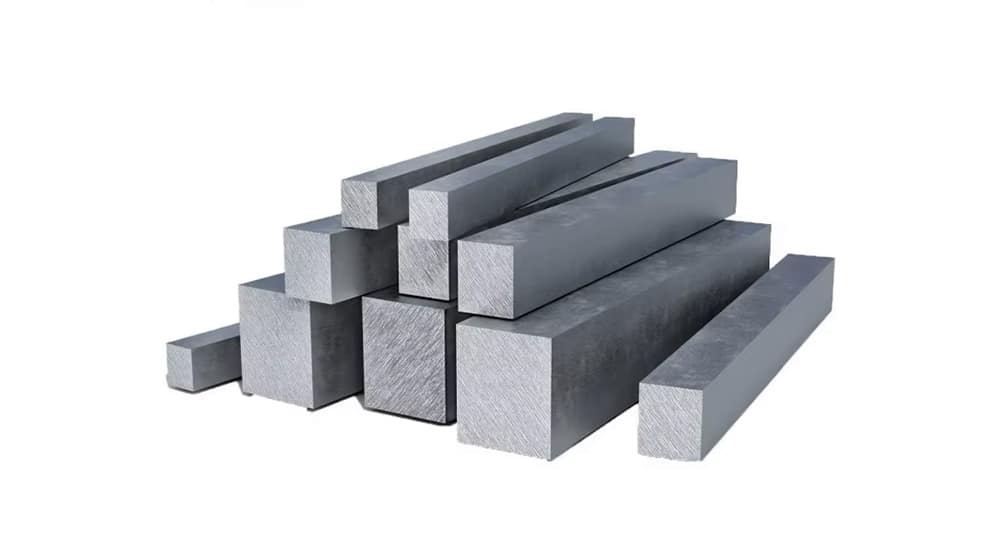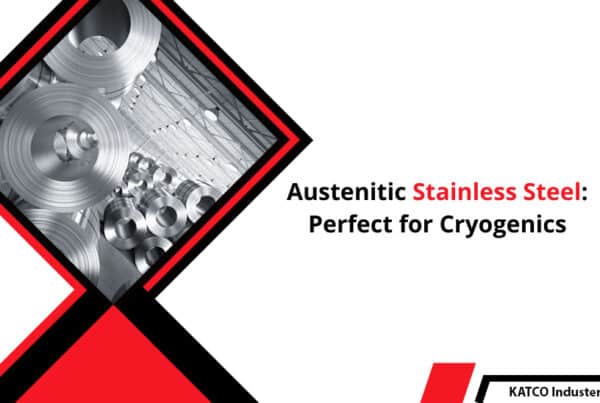Introduction
3SP steel billet have become a cornerstone in modern metallurgy, serving as an intermediate product for producing various metal sections and profiles. This article provides an in-depth analysis of what 3SP steel billet are, their chemical makeup, mechanical characteristics, production techniques, and key industry applications. Readers will gain a clear understanding of why 3SP steel plays a crucial role in construction, automotive, and other sectors.
What is Steel Billet?
Steel billet is semi-finished products that form the base for manufacturing a wide range of metal sections and profiles. Available in different shapes, thicknesses, and alloy compositions, these billets are produced on specialized production lines to suit specific end-products.
Defining 3SP steel billet
3SP steel billet refers to a specific grade produced with unique chemical elements that endow them with distinct mechanical and technical properties. The term “3SP” originates from the three special properties—physical, mechanical, and chemical—that characterize this alloy. This steel is known for its high strength, versatility in applications, and stability under varying conditions.
Chemical Composition and Analysis
Steel billet is crafted by combining various metallic elements in precise proportions. For 3SP steel, the typical chemical composition (according to standard specifications) is as follows:
Carbon: 0.17% to 0.25%
Silicon: Up to 0.30%
Manganese: 0.40% to 0.60%
Phosphorus: ≤ 0.45%
Sulfur: ≤ 0.45%
Chromium: ≤ 0.50%
Aluminum: ≤ 0.40%
Copper: ≤ 0.50%
Cerium: 0.35%
These percentages directly influence the billet’s hardness, ductility, and overall performance in demanding applications. For instance, a lower carbon content compared to other grades (like 5SP) enhances the flexibility and weldability of 3SP steel billet.
Analysis
In the production of 3SP steel billet, meticulous chemical analysis is performed to ensure that each billet meets the specified mechanical and thermodynamic properties. This analysis is crucial because any deviation from the standard composition can affect the billet’s performance and its suitability for applications such as producing rebars, channels, and other construction materials.
Classification by Shape
Although 3SP represents a fixed alloy grade, steel billets are categorized by their physical forms. The primary types include:
Billet
Billets typically have a width of around 15 cm and a cross-sectional area exceeding 200 mm². They are widely used across various industries.
Bloom
Blooms feature larger cross-sectional areas and greater lengths compared to billets. Their size makes them suitable for manufacturing structural profiles such as I-beams and other construction elements.
Slab
Slabs are rectangular in cross-section with typical dimensions of 230 mm in thickness, 1.25 m in width, and approximately 12 m in length. They are primarily used for rolling into different steel products, such as plates and coils.
Differentiating 5SP and 3SP billet
When selecting steel billets for manufacturing, industry professionals often encounter both 5SP and 3SP variants. Although they are similar in many respects, key differences exist:
Carbon Content: 3SP billets contain slightly less carbon than 5SP billets.
Flexibility and Weldability: The lower carbon content of 3SP provides enhanced flexibility and superior welding properties, making it ideal for specific applications like channels, flanged sections, and finer rebars.
Cost: Due to its enhanced properties, 3SP billets generally command a higher market price than 5SP billets.
These nuances are critical for producers when choosing the appropriate alloy for their end-use products.

Role in Rebar Manufacturing
Steel billets serve as the primary raw material for rebar production. The billet’s size and chemical composition are essential factors that determine the rebar’s tensile strength and overall quality. For low-diameter rebars, a lower carbon content is preferred to ensure higher ductility, while rebars in sizes 14 to 40 typically require carbon levels around 30% to 35%.
Impact on Rolling Mill Operations
Modern rolling mills use advanced technologies to process both 3SP and 5SP billets into various rebar sizes. The technical specifications and quality of the billets directly influence the final product’s performance in structural applications.
Production Methods for 3SP Steel Billet
3SP steel billets are produced through several key processes:
Thermal Processing
This method involves melting the steel, casting the molten metal into billets, and then subjecting them to thermal treatments to enhance mechanical and physical properties.
Mechanical Processing
Mechanical processing includes operations such as rolling, bending, and machining to shape and modify the billets for further processing into final products like rebars.
Chemical Processing
Chemical refining and alloying processes are used to purify the molten steel and adjust its composition, ensuring that the 3SP billets achieve the desired chemical and physical characteristics.
Applications of 3SP Steel Billet
Given its superior flexibility and mechanical properties, 3SP steel billet is widely used in industries where higher ductility is essential. They are commonly employed in the production of:
Structural components such as channels and beams
Rebars and other reinforcement products
Various rolled products used in construction and automotive sectors
The selection of 3SP billet is especially crucial for applications demanding enhanced performance under stress, such as in seismic-resistant structures.
Differences Between Electric Arc Furnace and Induction Furnace Methods
Electric Arc Furnace (EAF)
In the EAF process, carbon electrodes located at the top of the furnace provide the electrical energy needed to melt scrap metal, industrial by-products, and old equipment. Operating at temperatures around 4100°C, this method offers flexibility and precise control over the melt but is associated with high energy costs and longer melting times.
Induction Furnace
Conversely, the induction furnace method uses a high-frequency electromagnetic field generated by induction coils wrapped around the furnace. This process quickly heats and melts the raw materials, providing superior thermal efficiency and reduced noise. However, the high capital cost and the inability to produce slag due to the cooler surface temperatures of the molten metal are notable drawbacks.
Each method has its own advantages and is selected based on the specific needs and constraints of the manufacturing facility.
Market Pricing and Trends
The pricing of 3SP steel billet is influenced by their superior flexibility and application in industries that demand higher ductility in steel structures. In applications where structures are exposed to dynamic forces and require enhanced mechanical performance, 3SP billet is preferred despite their higher cost compared to 5SP billet. Market trends indicate that as industries seek materials with optimized performance characteristics, the demand for 3SP billet is on the rise.
Conclusion
3SP steel billet represent a critical intermediate product in the metal industry, characterized by their distinct chemical composition and superior mechanical properties. From their production processes—whether thermal, mechanical, or chemical—to their applications in rebar manufacturing and structural components, 3SP billets play an essential role in ensuring product quality and performance. As the industry evolves, understanding the differences between 3SP and other grades like 5SP is vital for selecting the appropriate material for each application.



